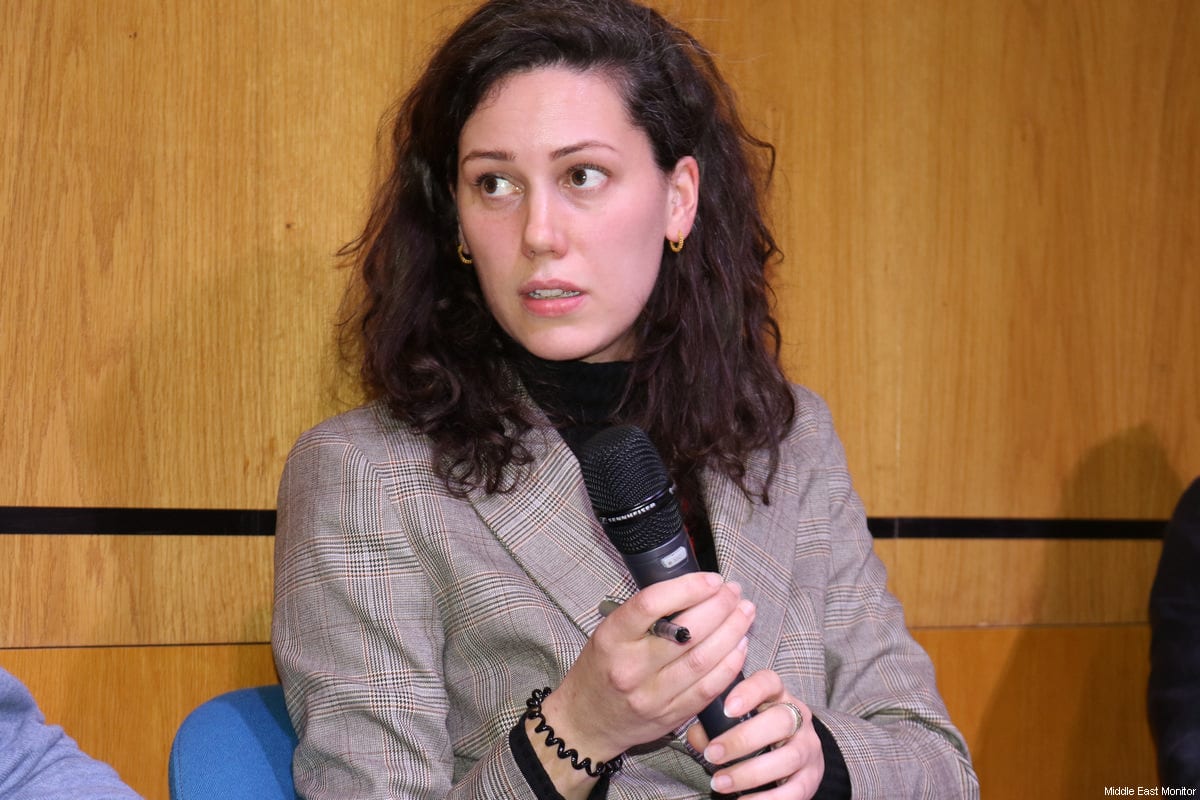What can be done for a country whose death toll is close to 94,000; where 1.5 million refugees have fled the violence, executions are widespread, crimes are committed by both Assad and the rebels and bodies as young as 11 are being hauled out of the Queiq (Martyrs) River?
One attempt at a solution came yesterday from former leader of the Syrian National Coalition (SNC) Moaz al-Khatib when he published a 16-point initiative on Facebook, a practical blueprint to help ensure a peaceful transition of authority and an end to the violence in Syria.
The initiative emerged as the SNC begun a meeting in Istanbul to discuss whether or not they would negotiate with the regime on bringing an end to the bloody conflict at the Geneva Conference set to take place next month.
The suggested steps of the initiative called on Bashar al-Assad to hand over of full powers to Vice President Mr Farooq Al Shar’a, or Prime Minister Mr. Wael Al Halqi, in the next twenty days and that the current parliament be dissolved, along with legislative powers.
Also listed were that political prisoners be released and all Syrian territories open to local and international humanitarian relief.
Interestingly, this is the first time the opposition has offered immunity to Assad. “Leave the country along with 500 people whom he will select, along with their families and children, to any other country that may choose to host them” was listed at number nine.
Al-Khatib’s initiative is not the only attempt by the opposition to tackle the bloody war unfolding in Syria thanks to their recently launched “Fighter, not Killer” campaign that aims to combat the rebel’s abuse of child soldiers, chemical weapons, sexual violence and use of human shields in Syria.
“Do not target or attack civilians. Provide them with protection. War has rules too. Fighter, not killer,” is one of fifteen rules of international law that have been devised by the opposition in collaboration with Swiss charity Geneva Call, first dispersed via booklets and then compressed into six hand-drawn videos and disseminated on Facebook, TV and YouTube. The videos had over 177,000 hits in the first week.
Not only is animation is a traditional art form in Syria, and therefore easy for them to identify with, but those who cannot read can still understand the message; for example, one image depicts a soldier attacking a civilian with a huge red cross through it, and opposite a picture of the same soldier helping him up from the floor has a green tick next to it.
The videos are currently being used in educational workshops for the rebels on the Syria Turkish border. Though they aim to raise awareness about the rules of warfare and international human rights, are they enough to end the deteriorating reality in Syria?
The views expressed in this article belong to the author and do not necessarily reflect the editorial policy of Middle East Monitor.











